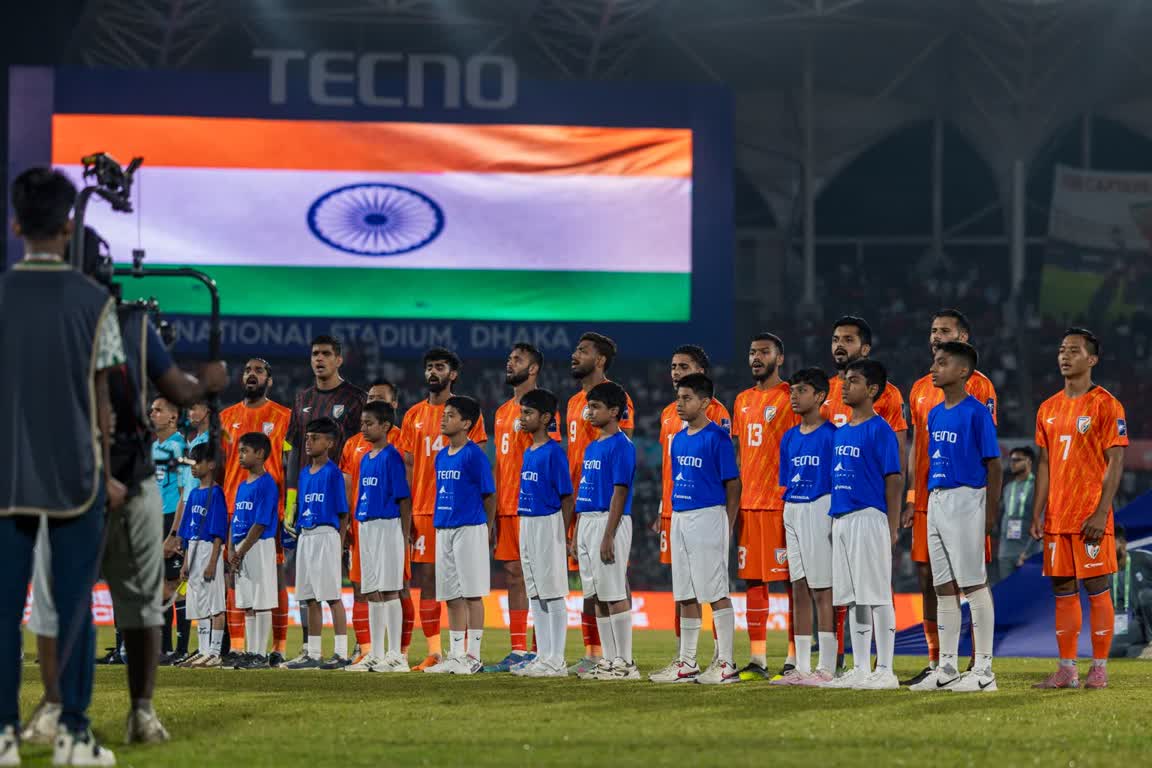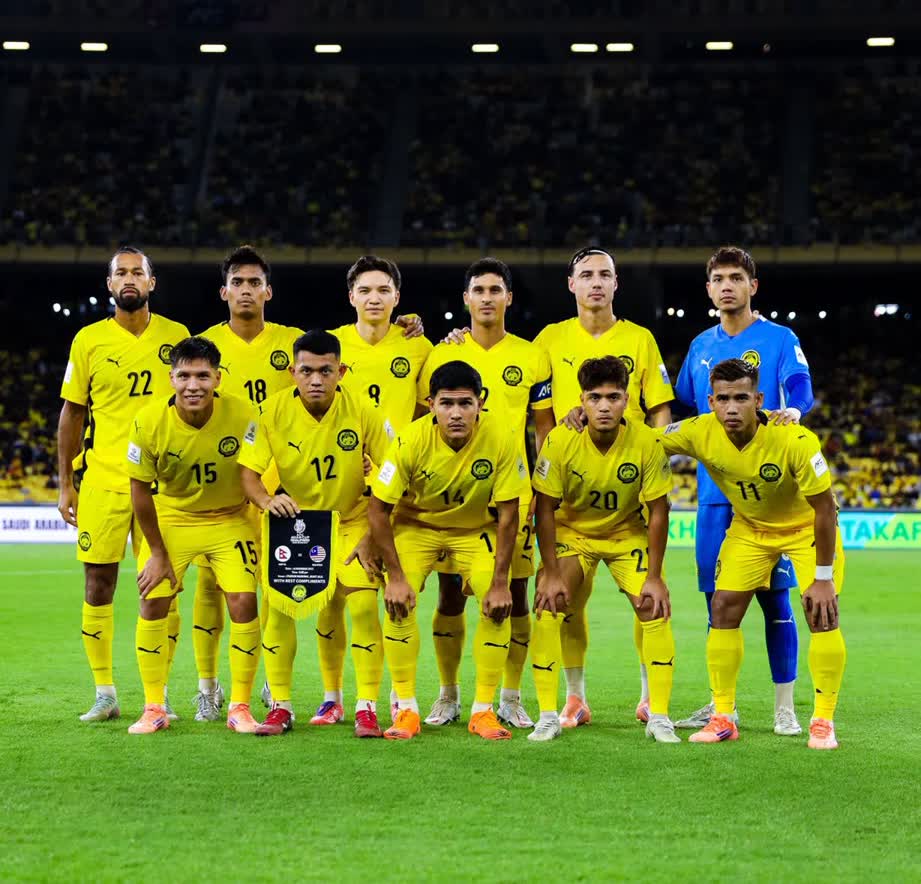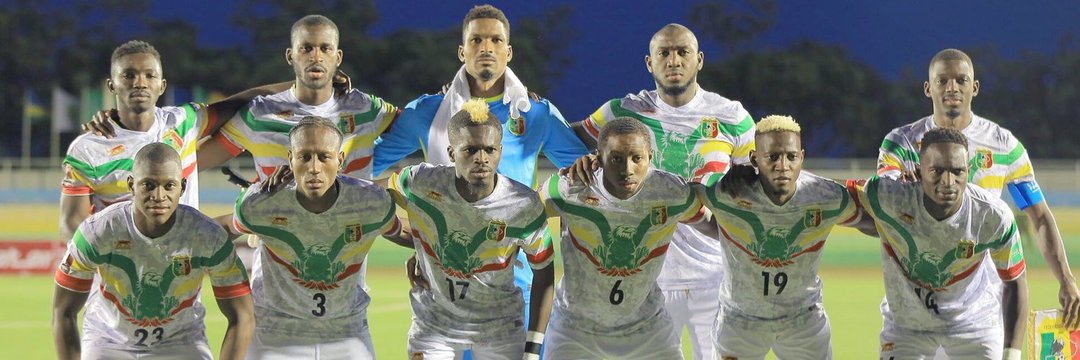While the FIFA World Cup is the ultimate goal for national football teams, many of the world’s largest and most passionate footballing nations have never made it to the tournament’s main stage.
Despite boasting strong football traditions or immense potential, these nations have yet to break through and secure a spot at the world’s most prestigious competition.
FootballOrbit takes a look at 20 notable countries, ranging from major footballing nations to rising talents, that have never qualified for the FIFA World Cup.
1. India (Population: ~1.4 billion)

India has a long football history, with a love for the sport that extends across generations.
However, despite being invited to the 1950 World Cup, India controversially withdrew from the tournament, citing logistical challenges and a lack of preparation. FIFA had even offered to pay the team’s travel expenses, but they still couldn’t make it.
The real reason behind their withdrawal has been widely speculated in the decades since. While it was commonly believed that India withdrew due to FIFA’s ban on playing barefoot, the team’s captain at that time, Sailen Manna, insisted that this was not the case.
Moreover, it is now generally accepted that India withdrew simply because they valued the Olympics more than the World Cup and did not view the latter as being prestigious enough to justify taking part.
Since then, the Indian national team has struggled to qualify for the tournament.
Football remains in the shadow of cricket, but with growing infrastructure and emerging talent, India’s footballing future is bright, and many see a World Cup qualification as a matter of when, not if.
2. Pakistan (Population: ~240 million)
Football in Pakistan has long been overshadowed by cricket, and the national team has never made it to a World Cup.
The country has a small but passionate football following, but limited resources and infrastructure have hindered progress.
Therefore, with an emerging football culture and growing interest in the sport, Pakistan could eventually break through, though it will need significant investment and development.
3. Bangladesh (Population: ~170 million)
Football is the second-most popular sport in Bangladesh, but the country has never qualified for the World Cup.
Despite a passionate fan base and some regional successes, Bangladesh faces challenges such as limited resources and infrastructure.
However, soccer is growing in popularity, and regional success could signal hope for the future, but breaking into the World Cup would require significant investment in domestic football development.
4. Venezuela (Population: ~33 million)

Venezuela, part of South America’s highly competitive CONMEBOL region, has never qualified for a World Cup.
Despite boasting some talented players, the national team has struggled to compete with the continent’s powerhouses like Brazil, Argentina, and Uruguay.
Also, they are the only CONMEBOL side to have never qualified for the World Cup.
Often, Venezuela would go through entire qualification tournaments without recording a single win — although this has not happened since 1998.
Furthermore, Venezuela’s footballing future is on the rise, thanks to emerging young talents and a growing domestic league.
However, with more focus on youth development, qualification for future World Cups is becoming increasingly realistic.
5. Kenya (Population: ~53 million)

Kenya is active in several sports, among them cricket, rallying, football, rugby, field hockey, and boxing.
The country is known chiefly for its dominance in middle-distance and long-distance athletics.
Moreso, Kenya has participated at the African Cup of Nations (AFCON) seven times, but FIFA World Cup qualification remains elusive.
6. Philippines (Population: ~110 million)
Football has long played second fiddle to basketball in the Philippines, but the national team, known as the Azkals, has made strides in recent years.
Despite this, they have never qualified for the World Cup.
With a growing football community and more attention to youth development, the Philippines is becoming an increasingly competitive nation in the Asian football scene, and World Cup qualification is a possibility in the future.
7. Ethiopia (Population: ~108 million)
Ethiopia has a long-standing footballing history, with a passionate following and success in regional tournaments like the Africa Cup of Nations.
However, they’ve never made it to the World Cup. Ethiopia has a strong football tradition and could benefit from more modern facilities, coaching, and youth development.
With the right investment, they could break through in future cycles.
8. Malaysia (Population: ~34 million)

Football is the most popular sport in Malaysia. Badminton matches also attract thousands of spectators.
Since 1948, Malaysia has been one of four countries to hold the Thomas Cup, the world team championship trophy of men’s badminton.
The country’s most significant achievements include qualifying for the 1972 Summer Olympics, winning the AFF Championship in 2010, and earning multiple SEA Games gold medals in 1961, 1977, 1979, and 1989.
Besides, they compete in tournaments such as the AFC Asian Cup, AFF Championship, and World Cup qualifiers — but have never made it to the global showpiece.
9. Thailand (Population: ~65 million)
In Thailand, Muay Thai (Thai boxing) is a combat sport that uses stand-up striking along with various clinching techniques. It became widespread internationally in the late-20th to 21st centuries.
However, football has overtaken Muay Thai as the most widely followed sport in Thailand.
The Thailand national football team has played the AFC Asian Cup six times and reached the semifinals in 1972.
Furthermore, the country has hosted the Asian Cup twice, in 1972 and in 2007 (along with Indonesia, Malaysia, and Vietnam for the 2007).
They also advanced to the final round of World Cup qualification twice, in 2002 and 2018, but failed to qualify for the tournament proper.
10. Burkina Faso (Population: ~22 million)
Sport in Burkina Faso is widespread and includes football, basketball, cycling, rugby union, handball, tennis, boxing and martial arts.
Football is the most popular sport in the country, played both professionally, and informally in towns and villages across the country.
The national team is nicknamed “Les Etalons” (“the Stallions”) in reference to the legendary horse of Princess Yennenga.
Burkina Faso qualified for the 2013 African Cup of Nations in South Africa and reached the final, but lost one-nil to Nigeria.
However, despite regularly competing fairly at the continental stage, the country has never qualified for the FIFA World Cup.
11. Vietnam (Population: ~100 million)
Football is Vietnam’s most popular sport. Its national team won the ASEAN Football Championship in 2008, 2018 and 2024; and reached the 2007 AFC Asian Cup, quarter-finals of 2019 AFC Asian Cup.
In World Cup qualification, Vietnam hasn’t recorded success, only advancing to the third round of the qualifiers for the first time in 2022.
12. Finland (Population: ~5 million)

Various sporting events are popular in Finland. Pesäpallo, the Finnish equivalent of American baseball, is the national sport of Finland, although the most popular sport in terms of spectators is ice hockey.
Other popular sports include athletics, cross-country skiing, ski jumping, football, volleyball, and basketball.
Football is the most played team sport in terms of the number of players in the country.
Also, Finland’s national basketball team has received widespread public attention.
After decades of average results and campaigns in football, the nation made progress in the 2000s.
They achieved notable results against established European teams and reached a peak of 33rd in the FIFA World Rankings in 2007.
Afterward, their performances and results declined, drawing them to their all-time low of 110th in the FIFA Rankings in 2017.
Finland had never qualified for a major tournament until securing a spot at UEFA Euro 2020.
13. Zambia (Population: ~20 million)
Football is the most popular sport in Zambia, and the Zambian national football team has had its triumphant moments in football history.
At the 1988 Summer Olympics in Seoul, the national team defeated the Italian national team by a score of 4-0. Kalusha Bwalya, Zambia’s most celebrated football player, scored a hat trick in that match.
However, to this day, many pundits say the greatest team Zambia has ever assembled was the one that perished on 28 April 1993 in a plane crash at Libreville, Gabon.
Despite this, in 1996, Zambia was ranked 15th on the official FIFA Rankings — the highest attained by any southern African team.
In 2012, Zambia won the AFCON for the first time after previously losing in the final twice.
They beat Côte d’Ivoire 8-7 in a penalty shoot-out in the final, which was played in Libreville — just a few kilometers away from the plane crash 19 years previously.
14. Afghanistan (Population: ~40 million)
Afghanistan has a deep footballing culture, but years of political instability have hampered the development of the sport.
Nonetheless, the national team has shown signs of improvement in recent years, though they’ve never qualified for the World Cup.
The ongoing improvement of Afghanistan’s football infrastructure provides hope for the future, though significant challenges remain in terms of stability and resources.
15. Nepal (Population: ~30 million)
Football is immensely popular in Nepal, but the national team has never qualified for the World Cup.
They regularly compete in regional tournaments, but they face difficulties in competing with more established teams in Asia.
Nevertheless, Nepal’s footballing potential is on the rise, but significant improvements in youth coaching and league development are needed for a future qualification.
16. Mali (Population: ~21 million)

Mali has a strong football history in Africa and has consistently competed at a high level at the AFCON and other regional tournaments.
However, they have never qualified for a World Cup. While Mali is a major youth football power in both Africa and the world, they have never qualified for any senior FIFA World Cup finals in history.
They have qualified for the Africa Cup of Nations on 14 occasions.
Notwithstanding, with one of Africa’s best youth systems, Mali has the potential to qualify in the future, though the competitive nature of African football remains a significant challenge.
17. Tanzania (Population: ~67 million)
Football is the most popular sport in Tanzania, despite the little success that has been achieved by the national team.
Till date, they have never qualified for the FIFA World Cup but have made two appearances at the AFCON (1980 and 2019). They finished last in their group on both occasions.
18. Singapore (Population: ~6 million)
Singapore has one of the oldest national teams in Asia, with the Football Association of Singapore (FAS) being the oldest football association in the continent itself (established 1892).
Despite the country having a small population pool, it has historically punched above its weight by successively producing squads that has fiercely competed with its larger and much more populated neighbours.
Regardless, Singapore has never qualified for the FIFA World Cup.
19. Sri Lanka (Population: ~21 million)
While cricket dominates the sporting landscape in Sri Lanka, the country also has a football culture that is slowly growing.
However, Sri Lanka has never managed to qualify for the World Cup, struggling with resources and a lack of consistent international competition.
The country’s football infrastructure is improving, and with growing investment in youth programs, the island nation could eventually make a mark on the international scene.
20. Yemen (Population: ~42 million)
In Yemen, football is the most popular sport. The Yemen Football Association is a member of FIFA and AFC.
The Yemeni national football team participates internationally, while the country also hosts many football clubs. They compete in the national and international leagues.
Yemen’s mountains provide many opportunities for outdoor sports, such as biking, rock climbing, trekking, hiking, and other more challenging sports, including mountain climbing.
Despite being the 5th most populated country in the Middle East, Yemen has never achieved the same success as those with much smaller populations — only qualifying for the AFC Asian Cup once after unification in 1990.

In conclusion, these 20 nations represent a fascinating mix of challenges, from political instability to economic limitations, but they also demonstrate football’s universal appeal.
Despite the many hurdles, they still harbour aspirations of ultimately gracing football’s greatest tournament.
Some other countries that are yet to qualify for the FIFA World Cup include: Gabon, Guinea, Uganda, Benin, Palestine, Belarus, Libya, , Sudan, Cyprus, Lebanon, Malta, Niger, Cambodia, Myanmar, Zimbabwe and SO MANY OTHERS!



